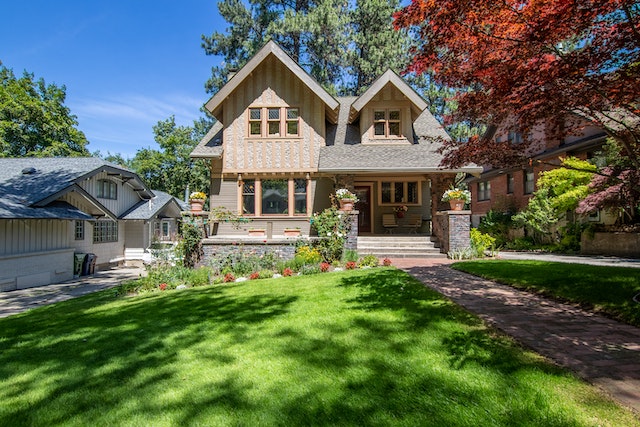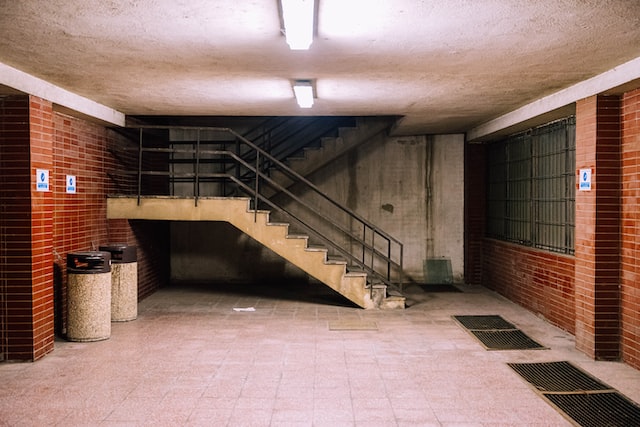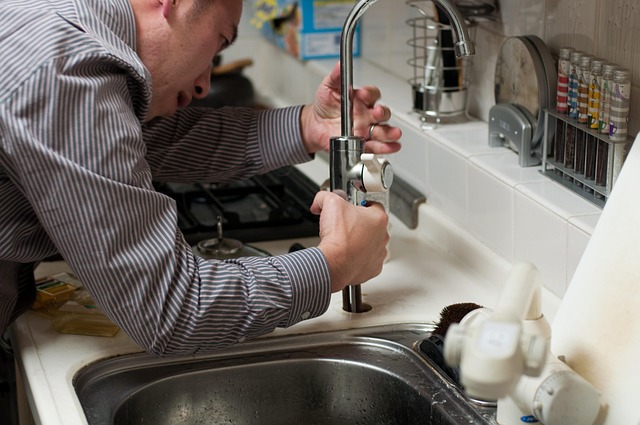What Is An Orangery Extension?
So you’re considering building an extension to your home? But what kind of extension will give your home the functionality and style you are after? If a traditional extension isn’t exactly what you have in mind, an orangery extension might be the perfect option.
Orangery extensions have been around forever and are becoming increasingly popular. This is because an orangery extension can provide your home with plenty of extra space, while increasing the value of your home and usually with minimal construction. So what exactly is an orangery, and why should you consider one for your home extension project?
What is an Orangery Extension?
Simply put, an orangery is a structure typically made from brick with large windows and distinguished by columns that sit beneath a roof formed of glass panels. Orangery extensions have become popular in the home improvement space, due to the ability to bring more light into your home while also creating a more spacious environment.
Orangeries were originally used to house citrus trees like oranges during the winter months, hence the name. In modern Britain, orangeries have become a contemporary design used to extend the homes of many.
What’s The Difference Between An Orangery & Conservatory?
Orangery extensions can be considered a type of conservatory, but they differ from traditional conservatories in a few significant ways. The key difference between a conservatory and an orangery is the amount of coverage of glass within the structure. An orangery consists of a glass roof normally covering less than 75% of the overall roof and glass walls covering less than 50% of the total wall.
Orangery extensions typically will have taller ceilings and often feature lantern roofs, adding a bit of elegance to your extension. This allows for more natural light to enter the room, as initially intended and gives your room a bright and spacious atmosphere.
Unlike conservatories, orangery extensions are normally formed with brick base walls as opposed to full-length glass walls. This gives them a more solid feel, provides more insulation and is easier to regulate temperature. This can help reduce energy costs, saving you a bit of money along with increasing the value of your home. As a result, orangeries are perfect to be used all year long for a handful of reasons, including home offices, dining rooms, studies or living rooms.
Like most construction projects, the cost of your orangery extension will vary depending on a number of factors. These include:
- The size of the extension
- The type of materials used
- The location of the property
On average, an orangery is likely to cost between £2,000 per square metre. Additionally, remember to factor in the cost of any planning permissions, associated fees and surprise expenses. By Investing some time into planning and developing a budget, you can have your dream orangery extension without breaking the bank.
Who Can Help Design My Orangery?
The professionals at Happinest have 20 years of industry experience, supporting homeowners looking to extend, alter or add value to their homes with professional architectural drawings and building regulation drawings.
Happinest have an industry-leading success rate of 98% in regards to receiving approval for plans and in turn have helped thousands of homeowners across the UK to not only add to the comfortability and functionality of their homes, but also increase value, should they choose to sell at a later date.
Whether you are looking to completely renovate your home or just add some extra space, Happinest can manage the planning process from start to finish.
Final Thoughts
If you are considering adding an extension to your home, ask yourself what is the reason. If you’re looking for a bright and airy new living space that can add a contemporary look to your home, an orangery is definitely worth considering. Get in touch with Happinest today for information on building your orangery extension.







